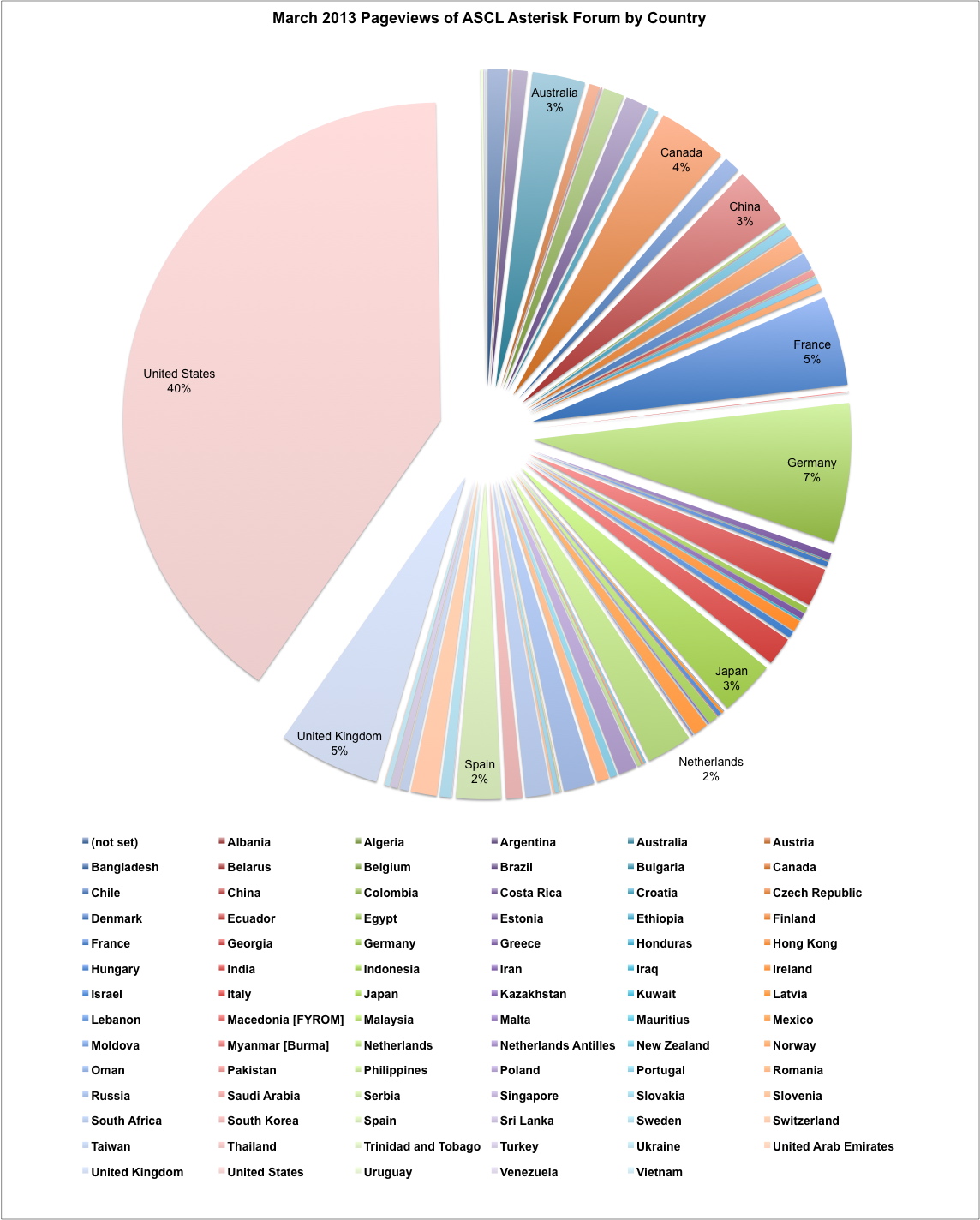As those familiar with the ASCL know, those working on it take an active approach to sharing astrophysical source code, ferreting out codes, looking for their download sites, and creating entries for them in the ASCL. We welcome and indeed (enthusiastically!) encourage code authors to create entries for their codes, but most of the indexing of codes is currently done by ASCL associate editor Kim DuPrie and me.
I regularly read through pre-prints looking for mention of codes not yet indexed by the ASCL; Advisory Committee Chairman Peter Teuben does the same. He has access to publications I cannot get to, such as MNRAS, and looks there for codes as well. A paper may yield a code new to the ASCL, and sometimes, a paper will reveal what Peter and I refer to as Russian dolls: the deeper we get into a paper, the more codes it reveals. One paper he sent to me recently revealed 37 (!) codes, only 5 of which the ASCL had indexed. Thirty-two new codes to try to find!
 Other times, a paper will mention two or three or more codes which lead us to other papers which mention yet more codes, which lead us to papers which mention even more codes… and though the ASCL indexes over 600 codes, there are still hundreds, probably thousands, out there it hasn’t indexed, so some of these more more MORE codes that we come across also need to be found. Like Russian nesting dolls, the codes go on and on and on.
Other times, a paper will mention two or three or more codes which lead us to other papers which mention yet more codes, which lead us to papers which mention even more codes… and though the ASCL indexes over 600 codes, there are still hundreds, probably thousands, out there it hasn’t indexed, so some of these more more MORE codes that we come across also need to be found. Like Russian nesting dolls, the codes go on and on and on.
It’s times like that — finding 32 new codes in just one paper! peeling back layers and layers of new codes! — I wish I could work on the ASCL full-time. Well, also the times I look at the list we’d already compiled (a list I stopped adding to over a year ago) of ~ 200 codes to find. Also the times I look at the list of things still to be done for/on/about the ASCL beyond indexing new codes.
So many codes, so little time to spend on them, alas!

